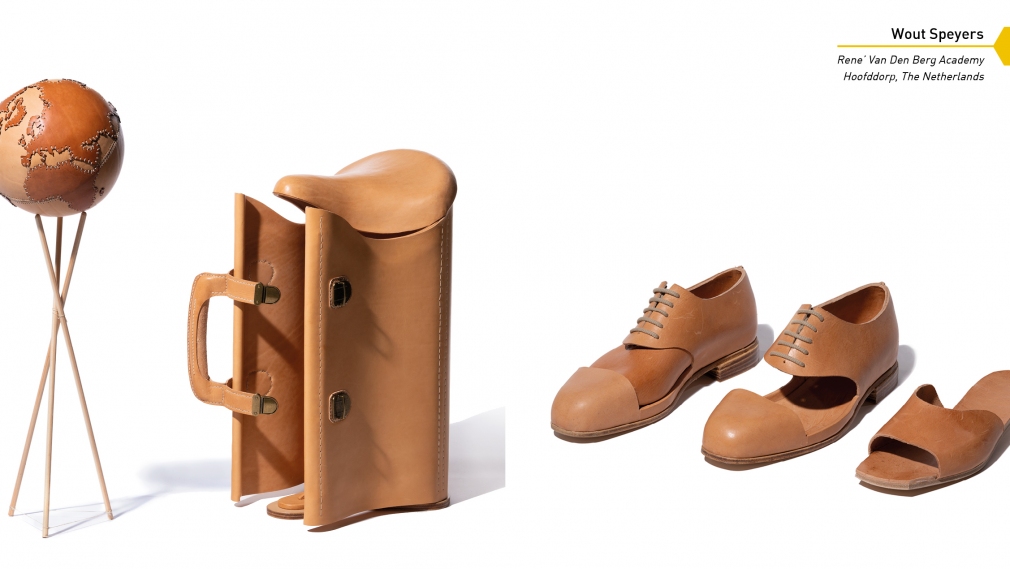To define vegetable-tanned leather it may be useful to report certain laws which relate to this issue. According to the European Directive no. 94/11/CE and the Italian D.M. dated April 11th, 1996 Leather is defined as follows: “A general term for hide or skin with its original fibrous structure more or less intact, tanned to be rot-proof. The hair or wool may or may not have been removed. Leather is also made from a hide or skin which has been split into layers or segmented either before or after tanning. However, if the tanned hide or skin is disintegrated mechanically and/or chemically into fibrous particles, small pieces or powders and then, with or without the combination of a binding agent, is made into sheets or other forms, such sheets or forms are not leather. If the leather has a surface coating, however applied, or a glued-on finish, such surface layers must not be thicker than 0,15 mm.”
According to the International Glossary of Leather Terms Vegetable Tanning is defined as follows: “Hide or skin tanned exclusively with tanning products of vegetable origin or with above-said products combined with small quantities of other ingredients used only to facilitate the tanning process or to improve or modify the leather, assumed that these quantities cannot alter the essential characteristics of the vegetable tanning of the products.”
By definition vegetable-tanned leather can derive from any kind of raw hides and be destined, when finished, to any kind of use, included but not limited to leather goods, shoes, furniture, saddles, garments, nautical industry, etc.
Vegetable-Tanned Leather of Tuscany
As per our local tradition and habits, vegetable-tanned leather made in Tuscany comes mainly from bovine raw hides (cow, bull, calf) and is produced in the following sizes: sides, bellies, shoulders, fronts and double-butts. Thickness can vary, according to the size, from a minimum of 0.7/0.8 mm. to a maximum of 4.0 mm. Tuscan tanneries do not produce vegetable-tanned leather in the size of entire cow skins.
Vegetable-Tanned Leather of Tuscany produced by the associated tanneries has been exclusively tanned with natural tannins of vegetable origin (mimosa, chestnut and quebracho trees) and does not contain substances prohibited by law. Tannin extracts are a fundamental ingredient for the slow tanning process and the quality of its result. Small veins, wrinkles and imperceptible scratches eventually present on the leather surface or a slight fading up of the colour prove its naturalness, rendering each skin one-of-a-kind.
Still nowadays, in the heart of Tuscany, our master tanners remain faithful to their century-old tradition and to their artisan production procedures and recipes. The Consortium, with its quality trademark Pelle Conciata al Vegetale in Toscana (Vegetable-Tanned Leather of Tuscany) protects and promotes these principles.



